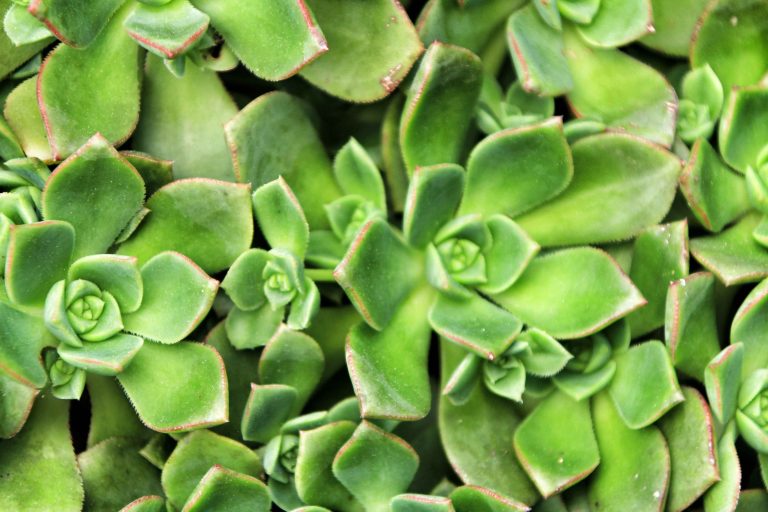Canopies & Walkways
- All Canopies & Walkways
- Fabric Canopies
-
Polycarbonate Roof
Canopies - Covered Walkways
- Enclosed Canopies
- MUGA Canopies
- Timber Canopies
- Entrance Canopies

Green Roof Canopies: Sedum Roof Cost & FAQs
A sedum roof is also known as a green roof. It consists of a layer of vegetation (living plants) grown on top of a conventional roof surface, which brings a host of benefits to the building and the environment. Sedum rupestre, also known as Sedum reflexum, for example, is a species of the plant genus Sedum.
A green roof is a system that uses vegetation as the finish of the roof covering, instead of the typical construction materials.
They come in many different forms and types, but a distinction is usually made between extensive, intensive and biodiverse (brown) roofs. The main difference between the three types is the depth and thickness of the individual layers.
Green roof systems can either be installed on new-build projects in conjunction with root-proof membranes, or alternatively, for refurbishment applications, a green roof can be retrofitted to existing coverings by first laying a root barrier membrane.
They are often found on canopies for schools and metal bike sheds, but are also suitable for many other places.
It will enhance the ecology of the area and make a valuable contribution to the local biodiversity. A great example of this can be seen by the green roof bike shelter at Oval Quarter in Lambeth, London.
Streetspace specifies Wild® biodiverse greenroof for larger projects. This is very attractive to bees and butterflies, which are very important species for biodiversity.
The nature of the slow-growing sedum means that there is little maintenance required to the living roof.
Leaving the vegetation uncut during the winter not only represents a maintenance cost-saving, but it also provides a food source for seed-eating birds and shelter for a wide range of invertebrates.
A green roof is visually appealing, much more so than a roof built using traditional materials. It can also help a building to blend in with its surroundings.
They can benefit the environment by alleviating flooding because, following a heavy rainfall, green roofs will initially retain more rain than a conventional roof. This minimises the initial heavy ‘runoff’ which can put extreme pressure on sewage systems and sometimes lead to flooding.
Green roof canopies are supported by local authorities, which can mean it is easier to obtain planning permission.
A green roof is a truly sustainable choice and will contribute to improving the overall ethics of a company.
Please read our post dedicated to this subject. ‘How to Maintain a Sedum Roof’ blog
It is very difficult to give an indication of the cost of a sedum roof because this is dependent on many different variables. These include the green roof size and type required, and also the specific features of the installation itself.
Our sedum roofs are available as an option on our bespoke timber canopies and bicycle shelters.
It is always advisable to consult with a structural engineer regarding any structure where people will pass underneath or inhabit the space there. Streetspace can provide this service.